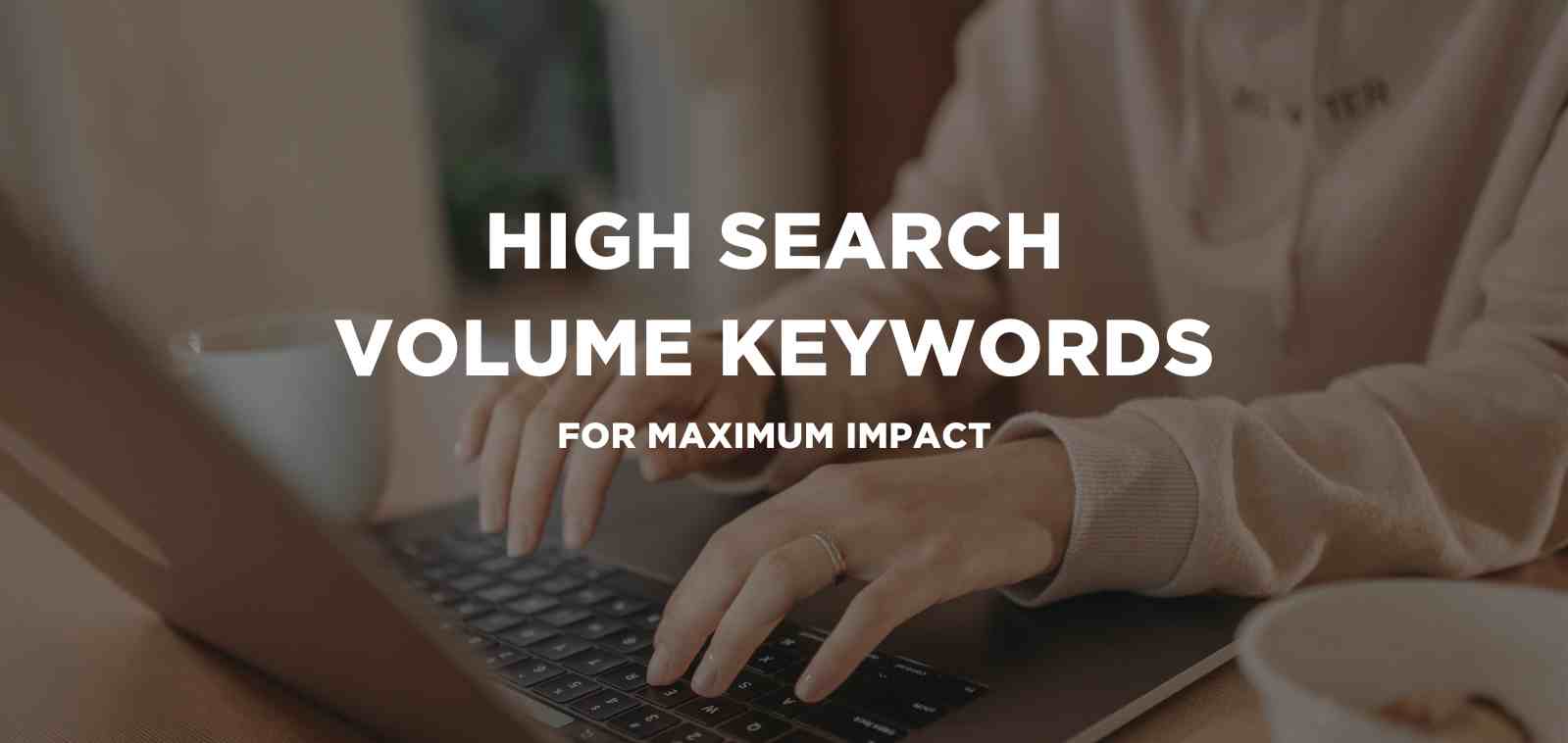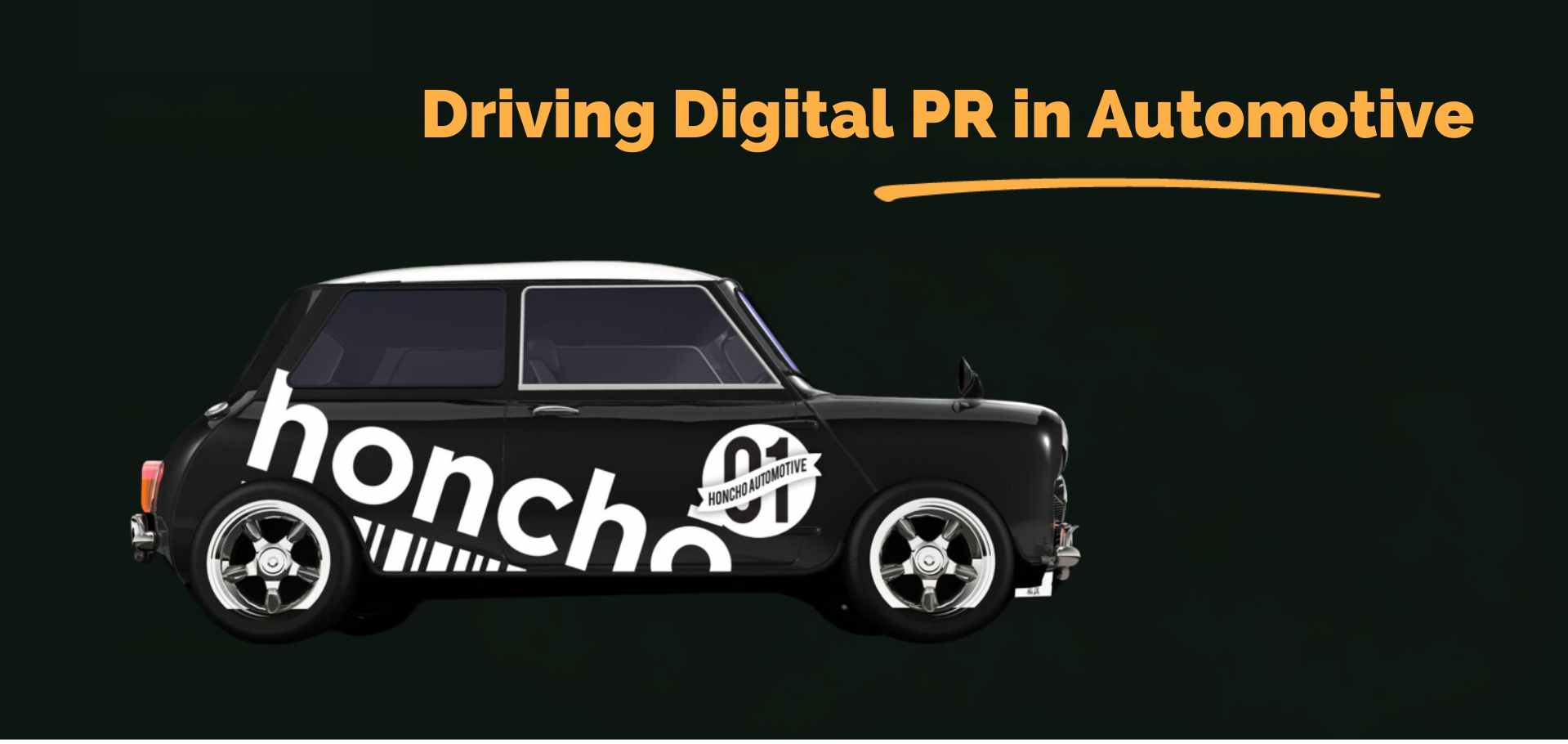5 min read
Harnessing High Search Volume Keywords for Maximum Impact
Discover the power of high search volume keywords and how to effectively use them to boost your online presence and drive maximum impact.
5 min read
 Lauren Field
:
Oct 31, 2022 7:49:22 AM
Lauren Field
:
Oct 31, 2022 7:49:22 AM

When people hear the term lifestyle, they often hear gimmicky, surface-level coverage focusing on fad diets and the latest trends. This is absolutely not the case, but with the number of brands trying to achieve coverage in this space, it can often be difficult to create compelling stories that top-tier publications and journalists want to cover.
Think of big-budget brands like Dove that create campaigns ingrained with social causes and people-centric stories, like the ‘Real Beauty’ campaign, to get people talking and generate coverage.

By adopting a data-driven strategy, you can combine this with a touch of creativity and human interest to create stories that people want to read and journalists want to cover. By working with the data first, and allowing this to generate the campaign idea, brands can generate validated stories.
Read on for several actionable tips to create better data-driven stories regardless of your budget.
The idea can ultimately make or break a campaign. When you’re ideating for a campaign that you would like lifestyle journalists to cover, there are a couple of key areas to consider:
After pulling the data you will draw upon for your campaign, it’s time to analyse the data and start thinking creatively. While data can often provide a strong backbone for the story, it needs additional work to turn it into something of interest.
Creating compelling stories out of data often relies on tapping into human emotion, by developing stories that cause the reader to feel something, they are much more likely to engage with the content.
By considering a couple of different strategies to evoke these feelings, you can create campaigns with talkability and shareability. The most important campaigns translate into points of conversation and sometimes divide, there are a couple of ways that you can do this:
Learn more about our Digital PR team here.
Data visualisation is key, especially when you’re working with complex data sets that are multi-layered. Working with a designer or developer that can assist with visualising these key statistics in a way that is digestible and entertaining is vital for ensuring that your campaign is clear.
Graphics and GIFS allow the reader to digest the information at a glance. In an age where we skim read and allocate small windows of attention to the content that we consume, data visualisation can make all of the difference in your campaign message reaching the target audience or not.
Again, it’s worth thinking about the types of publications you’re targeting here and where they display their coverage. For example, some publications prefer ‘slider’ style informative graphics that they also share across platforms like Snapchat. Depending on your target audience, catering your data visualisation to key publications can pay dividends.
After establishing your idea, method/source of data, creating a data-driven story, and generating effective visualisations for this, it’s time to work up to launching your campaign. We’ve already thought about what kind of publications we want to target during the ideation phase, and our idea and topic are geared towards the publication and its target audience, which also aligns with our brand target audience or at least overlaps. Here are some tips to ensure your campaign lands:
Data-driven digital PR campaigns can be used as focal pieces of content, with slight adaptations to increase suitability across channels, which can work as part of a wider organic performance strategy. Securing coverage from target publications not only benefits SEO, it can also drive brand awareness, build authority and get you in front of your target audience while delivering content that engages through informing and resonating with the audience.
Digital PR campaigns can be strategically combined with influencer marketing and social media to create meaningful and amplified engagement between the brand and its target audience.

This campaign by JBH for The Bottle Club achieved 115 links in total and a 600% increase in sales as a direct result of the campaign. It also increased the keyword ranking of ‘espresso martini bottle’ from position 100 to position 6, and ‘espresso martini in a bottle’ from position 100 to position 25.
Using digital PR for lifestyle coverage not only has benefits for SEO but can also lead to increased brand awareness and increased sales. This is a great example of tapping into a topical conversation and evoking human emotion to develop a shareable campaign that has an impact.
If you want Honcho’s Digital PR team of experts to support your lifestyle campaigns, get in touch today.

5 min read
Discover the power of high search volume keywords and how to effectively use them to boost your online presence and drive maximum impact.

2 min read
We're delighted to officially announce our partnership with Eflorist, one of the world’s leading flower delivery brands with over 54,000 local flower...

5 min read
Working agency-side in digital marketing often means that you’re expected to be a jack of all trades, with industry expertise stretching across...
Often teams get bogged down in spending hours trying to find the smartest content piece for their clients with all the bells and whistles included....
The first of April can be a headache to digital PR teams around the country. Brands everywhere are pulling out all the stops and trying to upstage...
When you hear terms relating to reactive PR, you may automatically visualise a team desperately mass contacting journalists on the latest breaking...